
Audi Q6 e-tron Revealed: Bold Styling, New Platform And 600km+ Range
- Mar 19, 2024
- Views : 1225

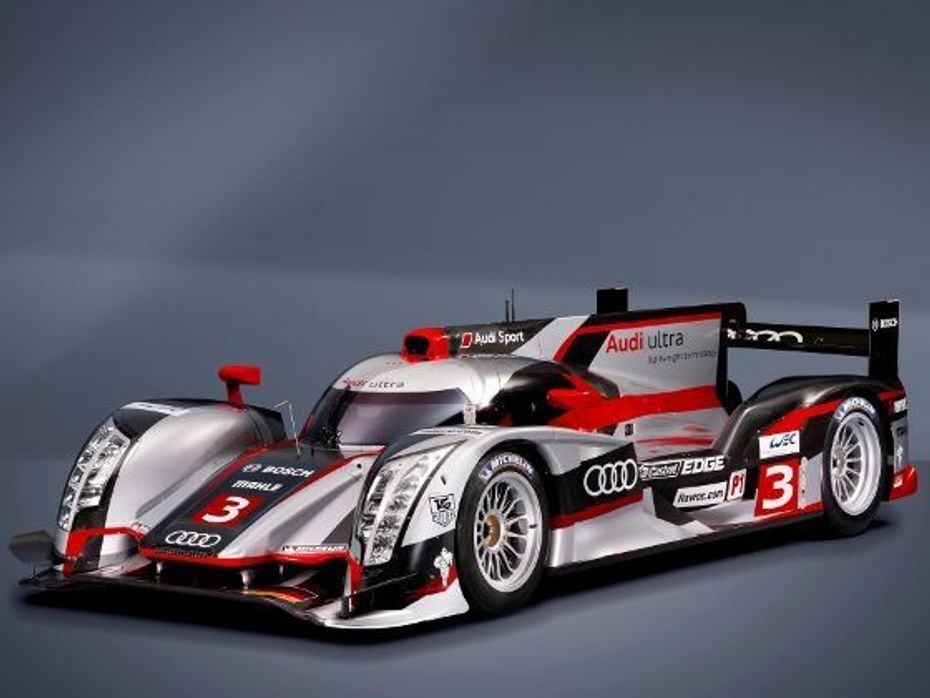
In 1981, on the gravel-strewn stages of the World Rally Championship, Audi revolutionised the world of motorsport, a revolution that can be summed up in one word – quattro. In one fell swoop, this permanent mechanical four-wheel drive system changed the course of the WRC and established the Ingolstadt based auto maker as a serious contender in motorsport. After two championships in the WRC, quattro made its way to the circuits, but domination on the tarmac on multiple occasions led the FIA to ban the use of four-wheel drive systems from its touring car and endurance championships in 1998.
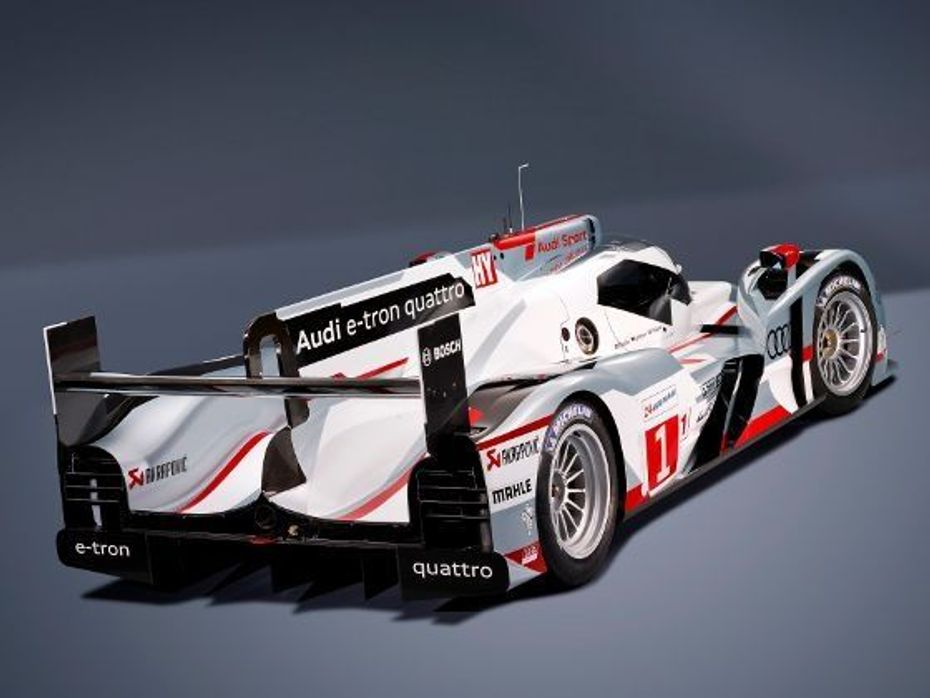
Now, more than 30 years after it first taste of competition, quattro is all set to make its comeback to racing in the debut season of the World Endurance Championship (WEC) this year (of which now the 24 Hours of Le Mans race is a part), albeit with a slight difference. Since a permanent four-wheel drive system is still banned by the FIA for use in sports car and endurance championships, Audi has gone in for a hybrid (yes, you read that right) system which uses a conventional internal combustion motor to power the rear wheels and an electrical system to power the front wheels. Aptly named the R18 e-tron quattro, this latest race car is an evolution of Audi’s Le Mans-winning LMP1-class R18 TDI which features the latest in ultra light weight materials as well as the ‘e-tron’ moniker which the company started using with electric and hybrid concept cars.
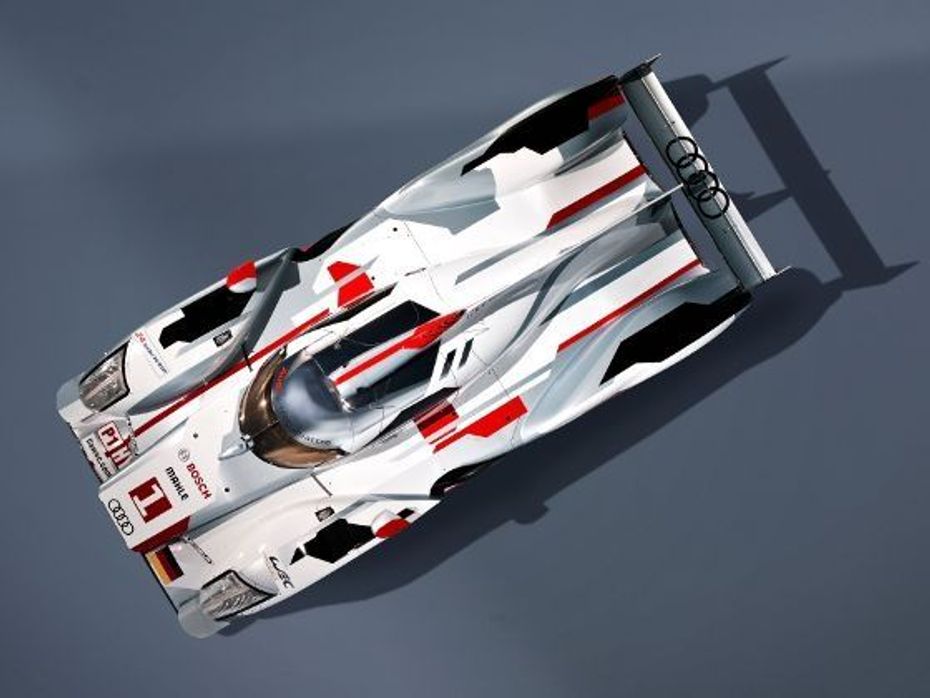
Now this isn’t the first car to take on the challenges of endurance racing with a hybrid drive system. Earlier this year, Toyota took the wraps off their 2012 WEC challenger, the TS030, that uses a parallel hybrid system, much in the line of the company’s road-going Prius. It is however the first LMP1 car to use a diesel hybrid system as well as four-wheel drive. The R18 e-tron quattro sticks with Audi’s trustworthy 3.7-litre V6 turbo diesel engine to power the rear wheels, but also features an electric motor which powers the front wheels. However, as mentioned before, the WEC rules still don’t allow cars to run with a permanent four-wheel drive system. So Audi’s boffins have come up with a slightly different way of doing things.
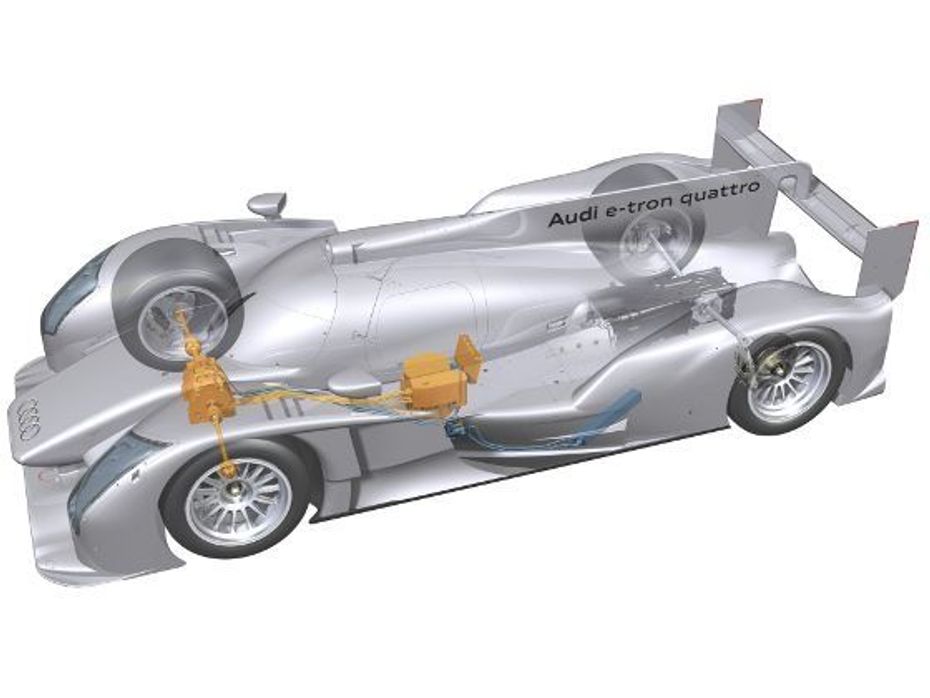
The electric drive system for the front axle consists of a Motor Generator Unit (MGU) connected to the front wheels through two drive shafts. Under braking, energy is recovered by using the generator part of the MGU to electrically spin a carbon-fibre flywheel running a vacuum sealed accumulator. This energy can be then used to send the recovered power back to the front wheels for a little extra oomph when the driver puts his foot down. But what is more important is not how, but when this system actually works. The regulations allow 500 kJ of energy to be transferred to the front wheels between two braking phases. So in predetermined braking zones before corners, when the driver drops the anchors, the e-tron system recovers braking energy and stores it in the accumulator. Through the corner itself, only the rear wheels are powered by the diesel engine, ensuring that this R18 doesn’t have a traction advantage over other conventionally powered cars. But as the car comes out of the corner, and the driver steps on the gas, the accumulator discharges its stored energy by powering the front wheels, which should give the car a good boost of acceleration in the straights. What’s most impressive about this system are the electronics, which are managed and synchronised to work in perfect harmony without any intervention of the driver. The entire recuperation process is controlled by two parameters - the deceleration of the car, meaning the braking process, and subject to the accumulator’s state of charge. The energy boost process is defined by the minimum speed of 120km/h stipulated by the regulations, the race strategy selected, the throttle pedal movement and acceleration of the car.
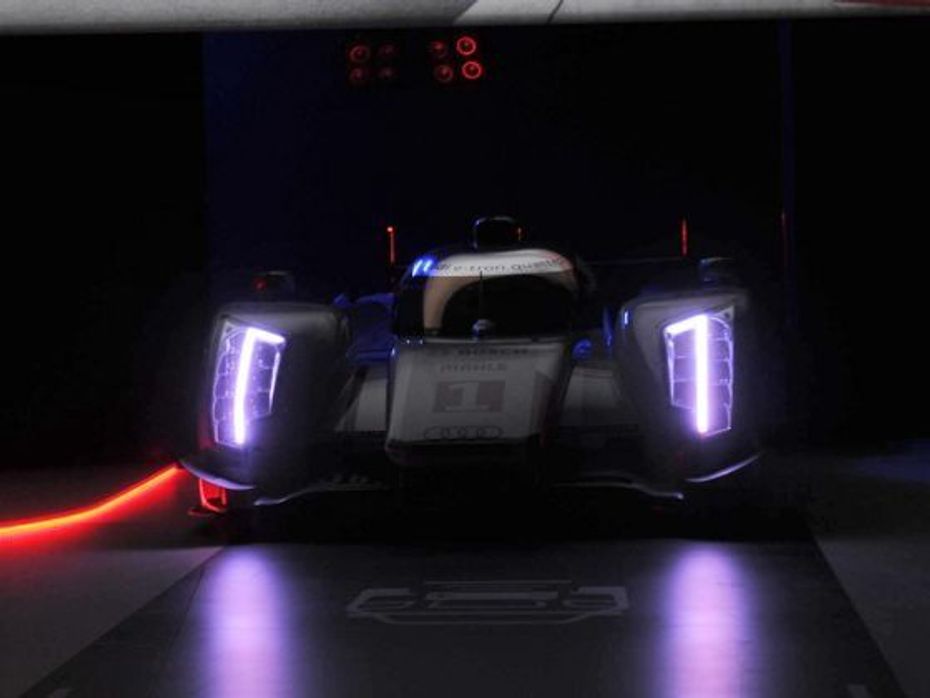
Audi’s LMP Technical Project leader, Christopher Reinke, explained that the reason Audi chose to go with a flywheel accumulator,which was developed in collaboration with Williams WHP, as the choice of energy storage as a high power density is crucial during energy recuperation on the race track. The electronic flywheel is capable of absorbing a lot of energy within a few seconds during the braking stage. What is critical to understand about the choice for opting for this sort of a hybrid drive system is not just the gain in horsepower during acceleration, but also improved efficiency from the car – a critical aspect when competing in any form of endurance racing.

This year, for the 24 Hours of Le Mans race in June, Audi Sport Team Joest will be fielding two R18 e-tron quattros as well as a pair of regular diesel powered R18 Ultras, the lightest Le Mans prototypes that Audi Sport has ever built. Dr Wolfgang Ullrich, Audi’s Motorsport Director, explained the decision. “The TDI engine invented by Audi is still the most efficient drive in the world,” said Dr Ullrich. “We are convinced that the TDI has even more potential. This is why Audi not only supports the hybrid in motorsport as it does in production, but in parallel also the further development of the conventional drive.” The two hybrid cars will be driven by last year’s winning trio Marcel Fässler, André Lotterer and Benoît Tréluyer as well as Dindo Capello, Tom Kristensen and Allan McNish, who boast a total of 13 Le Mans wins between them.
It’ll be interesting to see how Audi’s hybrid racer fares against the competition from Toyota. But an even more interesting battle for supremacy at Le Mans in our opinion will be the one between the two different Audis themselves. The outcome will remain a topic of debate until the race debut of the car at the 6-hour endurance race at Spa-Francorchamps in Belgium in the first week of May this year. Till then, we can only speculate.

Audi Q6 e-tron Revealed: Bold Styling, New Platform And 600km+ Range

Latest Episode Of Talking Cars With Kala-Car OUT! Guess Who Is The...

Watch: How Studs In Wheels Help Cars Drive In Snow, Ft. Audi Ice...

Audi India Registers Positive Growth In FY 2023-24

Maruti Suzuki Rock N Road: Redefining the SUV Experience

Bosch Car Service: Your Trusted One-stop Destination for Car...

3 New Major Design Details Mahindra XUV 3XO Will Pack Over...

You Can Now Name Skoda India’s Upcoming Sub-4 Metre SUV

Tata Curvv: A Much Clearer Look At Its Interior Ahead Of Its Unveiling

This Tata Car Has Been Announced As The Official Car For IPL 2024
India's largest automotive community